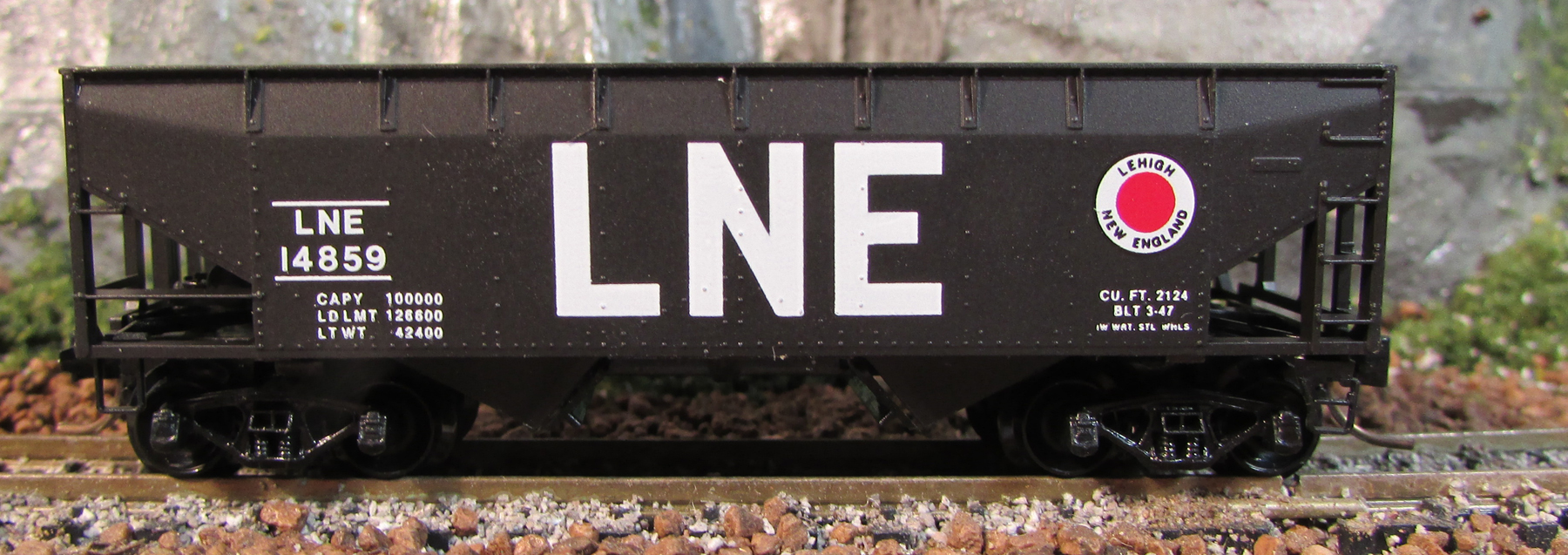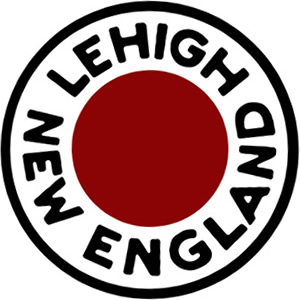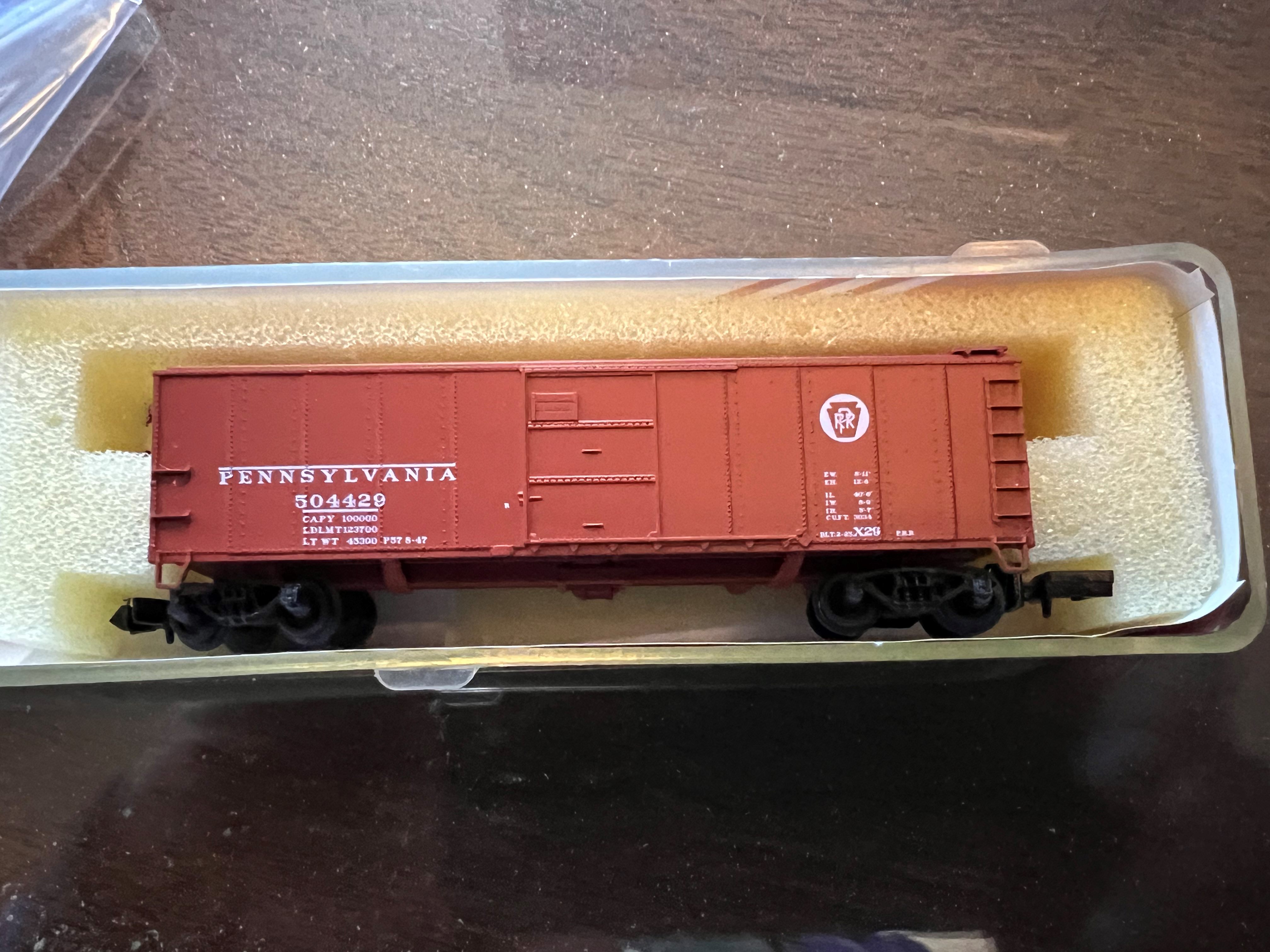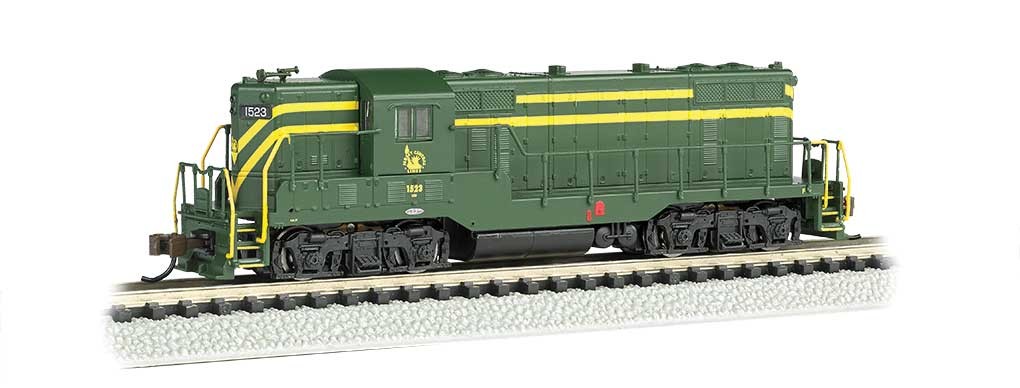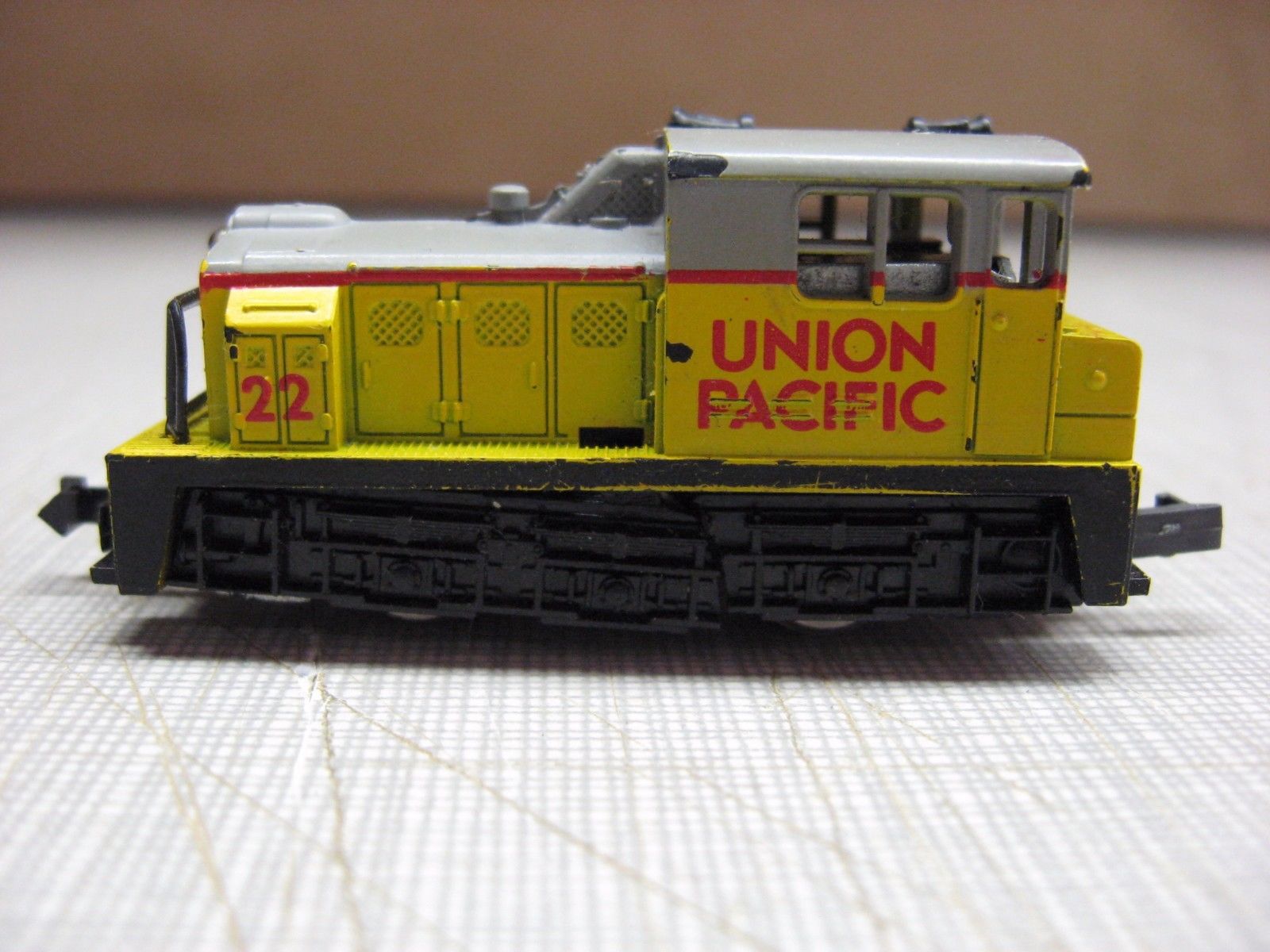Model Information: The 33' Offset-Side open hopper was introduced in 1979. It is known by collectors as body style '055' or '55000 Series'. This model has been produced in over 100 different varieties since then, making it a fairly popular body style. Newer versions may come with a factory supplied load and low profile wheels.
Prototype History: The late 1920s saw the introduction of the AAR standard “offset-side” 50- and 70-ton hoppers. The design went through several variations in the late 1920s and early 1930s before settling on two versions of the 50-ton car and one 3-bay, 70-ton car in 1935. Most roads went for the AAR standard designs, but the N&W, VGN, and Pennsy were notable holdouts. World War II brought the famous “war emergency” hoppers (only the N&W and MP bought the 70-ton version) and several composite versions of existing designs. After the war, AC&F found some brief success with a welded outside-stake hopper design, but the weld joints broke under the stress of loading and unloading rather than flexing like riveted joints. The offset-side design also had problems: the inside stakes were more prone to corrosion, and they suffered worse from loading and unloading stress than outside-staked hoppers. The design waned in the 1950s and was all but abandoned for new cars by 1960. Some roads (notably the C&O, the B&O, and the L&N) made the best of a bad situation by rebuilding their offset-side cars with all new outside-staked sides in the late 1950s and early 1960s.
Road Name History: The L&NE appeared in 1895 from the reorganization of earlier bankrupt lines in the area. The L&NE is parallel to and just northwest of the Lehigh & Hudson River. The line began in the Allentown-Bethlehem area of Pennsylvania, and ran northeast through a corner of New Jersey to Campbell Hall, New York (just west of L&HR’s terminus in Maybrook.) Total mileage was just under 220.
Primary traffic was anthracite and cement with a bit of slate traffic for good measure. Unlike the L&HR, L&NE never developed into much of a bridge carrier but generated much more traffic on line.
The steam fleet included the following wheel arrangements: 0-6-0, 0-8-0 (both standard cab and camelbacks), 2-8-0 (both standard cab and camelbacks), 2-8-2 and 2-10-0. The 0-8-0’s were the last camelbacks built for service in America. In 1949, the Lehigh & New England completely dieselized with Alco FA-1, FB-1 sets and RS-2’s (set up for long hood forward operation.)
By 1960, the anthracite business had all but disappeared and the local cement industry was in a steep decline. Mileage had fallen to 177. The L&NE’s parent company, Lehigh Coal & Navigation Company, saw the writing on the wall. Even though the railroad was still solvent, they applied to abandon it. Jersey Central took over 41 miles of line on the south end and the rest of the Lehigh & New England was abandoned in 1961. L&NE became a paper railroad under CNJ to operate those 41 miles. During the early 70s build up to Conrail, a portion of that remaining line was transferred to Reading. Both segments became part of Conrail in 1976.
Primary traffic was anthracite and cement with a bit of slate traffic for good measure. Unlike the L&HR, L&NE never developed into much of a bridge carrier but generated much more traffic on line.
The steam fleet included the following wheel arrangements: 0-6-0, 0-8-0 (both standard cab and camelbacks), 2-8-0 (both standard cab and camelbacks), 2-8-2 and 2-10-0. The 0-8-0’s were the last camelbacks built for service in America. In 1949, the Lehigh & New England completely dieselized with Alco FA-1, FB-1 sets and RS-2’s (set up for long hood forward operation.)
By 1960, the anthracite business had all but disappeared and the local cement industry was in a steep decline. Mileage had fallen to 177. The L&NE’s parent company, Lehigh Coal & Navigation Company, saw the writing on the wall. Even though the railroad was still solvent, they applied to abandon it. Jersey Central took over 41 miles of line on the south end and the rest of the Lehigh & New England was abandoned in 1961. L&NE became a paper railroad under CNJ to operate those 41 miles. During the early 70s build up to Conrail, a portion of that remaining line was transferred to Reading. Both segments became part of Conrail in 1976.
Brand/Importer Information: Micro-Trains is the brand name used by both Kadee Quality Products and Micro-Trains Line. For a history of the relationship between the brand and the two companies, please consult our Micro-Trains Collector's Guide.
Manufacturer Information:  Kadee Quality Products originally got involved in N-Scale by producing a scaled-down version of their successful HO Magne-Matic knuckle coupler system. This coupler was superior to the ubiquitous 'Rapido' style coupler due to two primary factors: superior realistic appearance and the ability to automatically uncouple when stopped over a magnet embedded in a section of track. The success of these couplers in N-Scale quickly translated to the production of trucks, wheels and in 1972 a release of ready-to-run box cars.
Kadee Quality Products originally got involved in N-Scale by producing a scaled-down version of their successful HO Magne-Matic knuckle coupler system. This coupler was superior to the ubiquitous 'Rapido' style coupler due to two primary factors: superior realistic appearance and the ability to automatically uncouple when stopped over a magnet embedded in a section of track. The success of these couplers in N-Scale quickly translated to the production of trucks, wheels and in 1972 a release of ready-to-run box cars.
In October 1990 Kadee separated in two companies, with the newly created Micro-Trains® Line Co. continuing the Z, Nn3, and N Scale product ranges, with Kadee retaining the HO range.

In October 1990 Kadee separated in two companies, with the newly created Micro-Trains® Line Co. continuing the Z, Nn3, and N Scale product ranges, with Kadee retaining the HO range.
Item created by: Lethe on 2015-05-31 17:46:30. Last edited by Lethe on 2020-05-18 10:17:41
If you see errors or missing data in this entry, please feel free to log in and edit it. Anyone with a Gmail account can log in instantly.
If you see errors or missing data in this entry, please feel free to log in and edit it. Anyone with a Gmail account can log in instantly.


